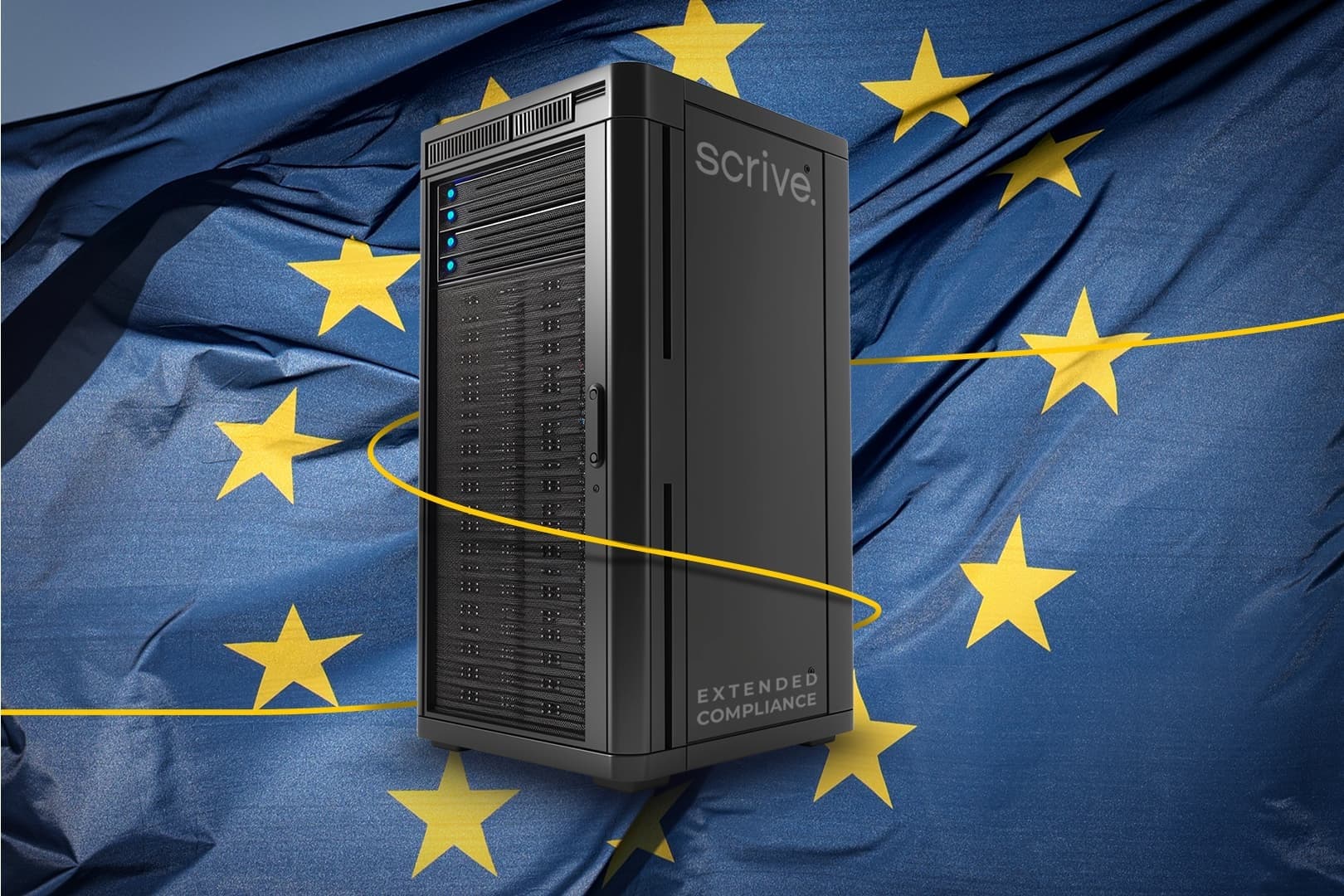Mergers and acquisitions (M&A) are complex and often lengthy processes that involve a multitude of legal documents, contracts, and agreements. Traditionally, managing the paperwork associated with M&A transactions has been a time-consuming and cumbersome task, making it a perfect candidate for digitalisation.
The role of electronic signatures
Electronic signatures allow parties to send, review and sign contracts and agreements much faster than the traditional pen-and-paper method, especially at a distance, which is key when time is of the essence. Rather than having to either meet face-to-face for every little detail or having to send paper agreements in the mail, waiting for them to go back and forth, the deal can progress at a smooth pace throughout.
E-signatures can be encrypted and backed by authentication methods like passwords, PINs, eIDs or biometrics. This provides an extra layer of protection against fraud or tampering, making e-signatures more secure than handwritten signatures and, in more and more places around the world, just as legally valid thanks to regulations like eIDAS.
Traditional M&A transactions tend to involve stacks of paper documents that can be hard to manage and organise. Electronic signatures significantly reduce the need for physical paperwork, making the process more environmentally friendly and reducing the risk of document loss.
Convenience and compliance
Mergers and acquisitions can often involve parties located in different regions or even different countries. However, as mentioned earlier in this blog, electronic signatures enable seamless collaboration, allowing stakeholders to sign documents from anywhere in the world, minimising travel cost and speeding up the process as a whole.
Audit trails and compliance are another area where e-signatures can make a significant impact on the M&A process. Maintaining detailed audit trails that track every action taken on a document gives an invaluable level of transparency for compliance purposes and can help resolve disputes by showing who signed what, when and from where.
Process alignment
Overall, the reduction in paper and printing costs, the elimination of courier and mailing expenses, and the layer of security and compliance all come together to result in significant cost savings during the M&A process. But another real time and cost saver that comes with the digitalisation of this process is the establishment of new processes or at least ensuring the consistency of internal processes.
When merging two companies, it can be difficult to align ways of working between two groups that are now becoming one. This is doubly complicated and time consuming if many processes are manual and paper based. Digitalisation can help ensure everyone’s on the same page and minimise disruption during a time that’s already bound to be stressful. Minimise friction and create a better experience for your employees and your customers by making sure operations are running smoothly and aren’t getting held up by incompatible or disparate processes across your growing organisation.
Challenges and Considerations
While electronic signatures offer significant advantages in M&A transactions, it’s essential to address potential challenges and considerations. These include legal compliance, the need for a secure and reliable electronic signature platform and the importance of educating all parties involved on the use of e-signatures. This means ensuring you use the correct types of e-signatures and workflows for your region, following local legislation and for that, having the right partner makes all the difference.
Scrive has helped a huge number of businesses around the world ensure their document processes are up to date, compliant and efficient so if you’re looking for the right partner on your digitalisation journey, reach out today.



